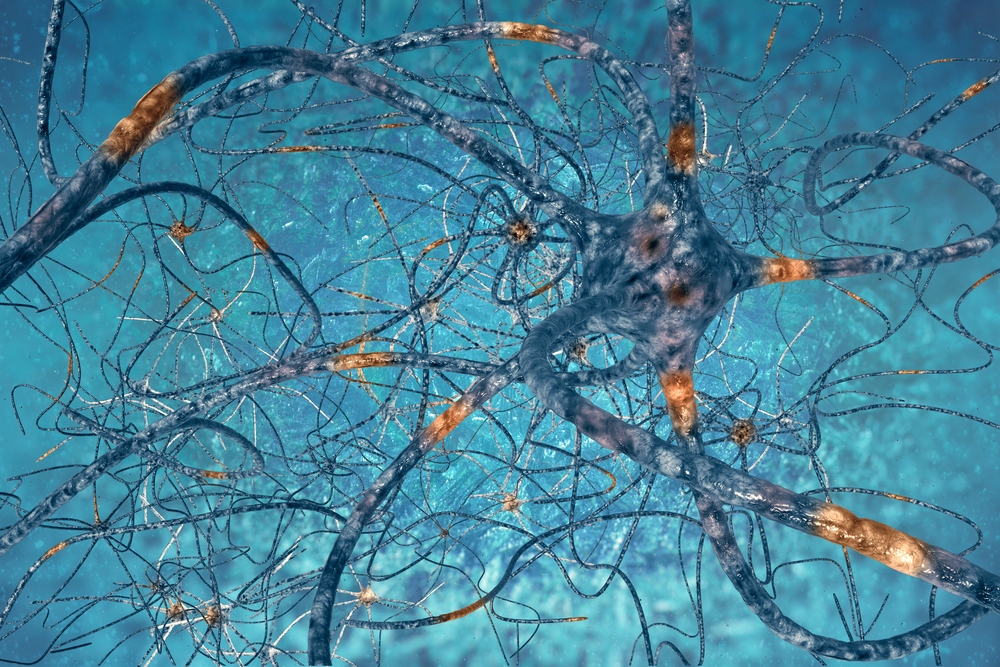SMA Frontline Research Presented During 2015 SMA Researcher Meeting

During the 2015 Cure SMA Researcher Meeting, a number of novel studies focusing on Spinal muscular atrophy (SMA) were presented under the topic “Emerging Trends in Motor Neuron Pathobiology.”
SMA is neurodegenerative disease caused by a genetic defect in the Smn1 gene (short for spinal motor neuron-1). This alteration results in the loss of the SMN1 protein leading to the death of motor neurons and consequently, muscle atrophy. In humans, there is a second gene called Smn2 that produces low levels of functional proteins due to an alternative splicing mechanism. Current therapies have focused on this Smn2 gene to counteract its low levels of protein expression and rescue a normal phenotype in cells with a Smn1 gene mutation.
Studies Presented:
Dr. Don Cleveland from The University California, San Diego highlighted that SMA shares similarities to another neurological disease called amyotrophic lateral sclerosis (ALS). Although the disease triggering mechanisms are different, both SMA and ALS motor neuron cells exhibit problems in processing RNA molecules, key players for later protein production. Dr. Cleveland noted that a particular group of proteins involved in a phenomenon called “synaptic function” – the process by which one neuron communicates with other neurons or effectors, such as a muscle cells – is altered in ALS, which may be a common mechanism in other neurodegenerative diseases, including SMA.
Dr. Michael Shy from the University of Iowa and a specialist in inherited peripheral nerve diseases noted that in SMA although the main cells affected are motor neurons (in the spinal cord), peripheral nerves (the vast nerve network that is located outside the brain and spinal cord) are also affected. His work showed that inherited peripheral nerve disorders share common defects in mitochondrial functions (the organelles inside cells responsible for producing energy commonly known as cells’ “powerhouses”). These findings prompted a discussion on the potential role of mitochondria impairment in SMA.
Dr. Serge Przedborski, a physician-scientist at Columbia University and Dr. Allison Ebert, a scientist at the Medical College of Wisconsin, highlighted the potential role of non-neuronal cells, such as astrocytes in the death of their neighbouring motor neurons. Both scientists are currently pursuing research on how targeting astrocyte function may halt motor neuron death, hopefully resulting in novel SMA therapies.







